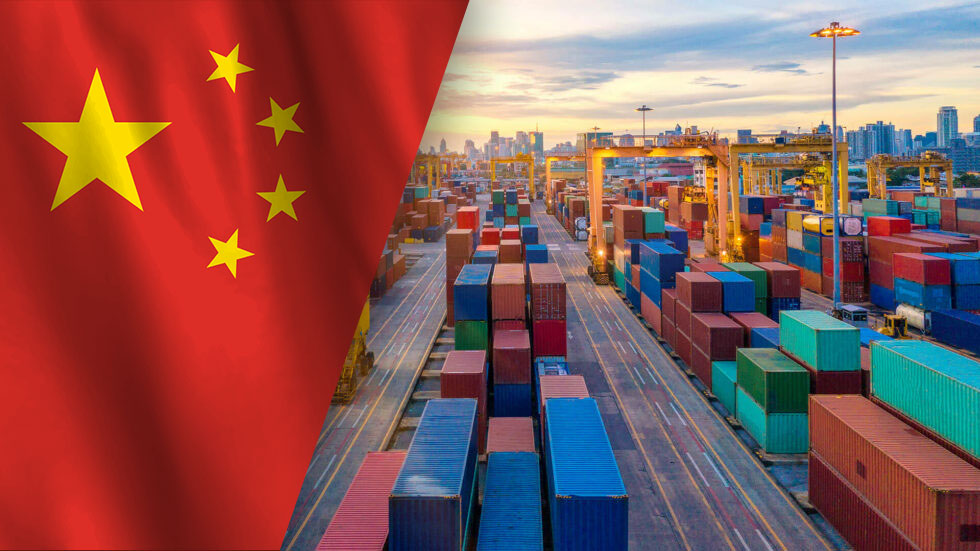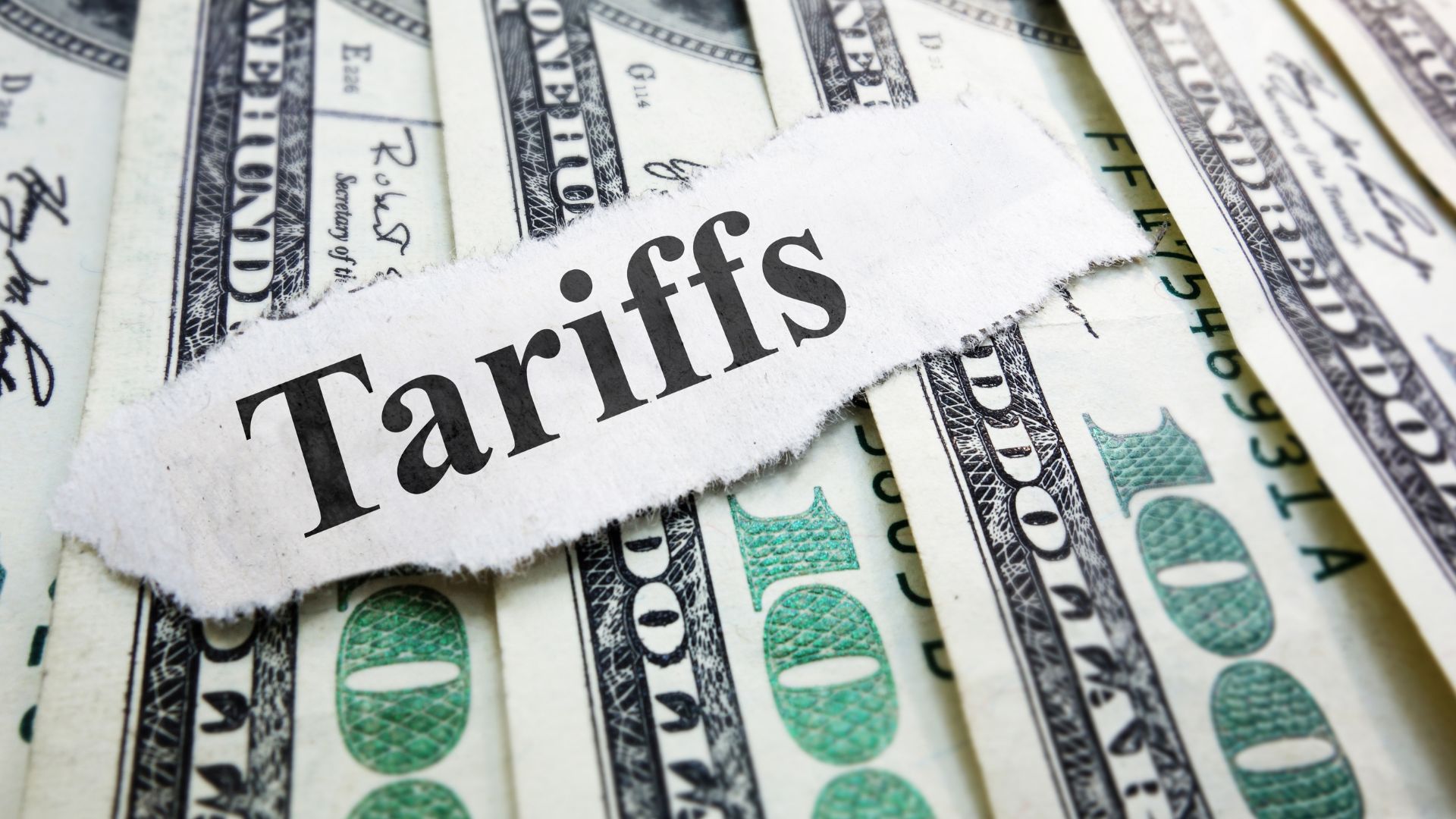The President and the US Trade Representative recently laid out some of their future plans for global trade that will be important for any US importer and exporter to understand. A number of free trade agreements along with changes in global tariffs will be crucial for all importers and exports to be aware of.
The administration has put a focus on reducing tariffs for American goods that are exported globally. This will have large ramifications for US exporters, as sometimes tariffs abroad exceed those that are placed on imports into the United States, and could make US-produced goods more competitive in export markets. They seek to use the World Trade Organization as a driver for a “reset” of global tariffs.
New foreign trade deals are currently being sought with a number of countries and entities. The United States has been negotiating with the UK on a post-Brexit trade agreement and has been in talks with Kenya for some months on a bilateral agreement.
Recent deals signed with China and Japan, most notably the “Phase One” deal with China, both purport to lead to larger and more comprehensive agreements that will drive trade and tariff decisions between the countries. Recent friction with the EU over tariffs related to airplanes have led to increased tariffs on many products and soon may lead to the need for new agreements.
In other tariff news, the Supreme Court declined a challenge to a federal court ruling that upheld the imposition on Section 232 duties that were put in place in 2018. This means that the final ruling of the lower court, that found the duties were a legal action per the law, will be upheld and the tariffs will remain in place until rescinded.
Tariff changes at home and abroad will require anyone shipping globally to have partners like JM Rodgers to help navigate the changes successfully. If you’d like to discuss how these decisions could affect or benefit your company in the future, please contact us at www.jmrodgers.com
Sincerely,
James Rodgers CEO





